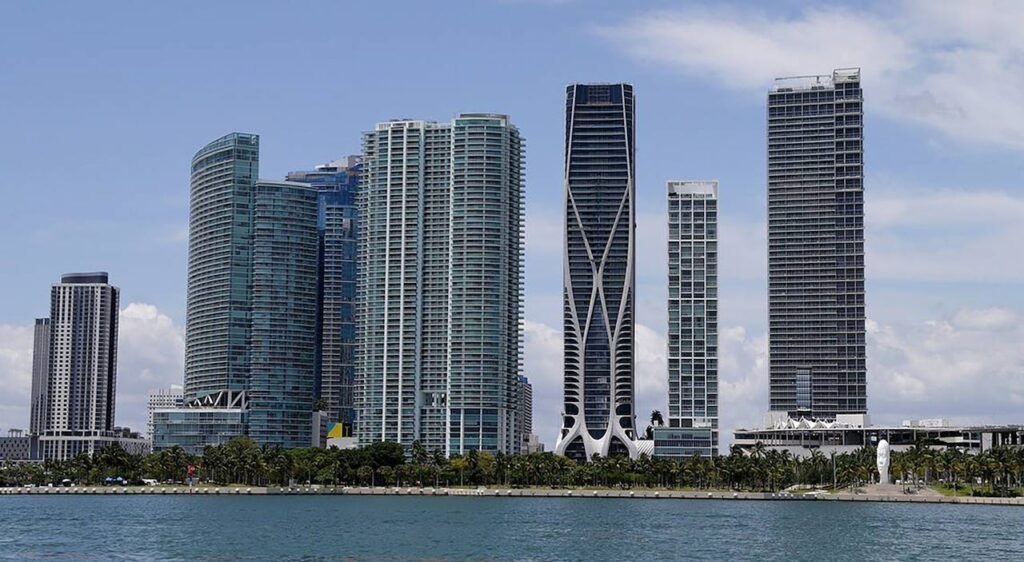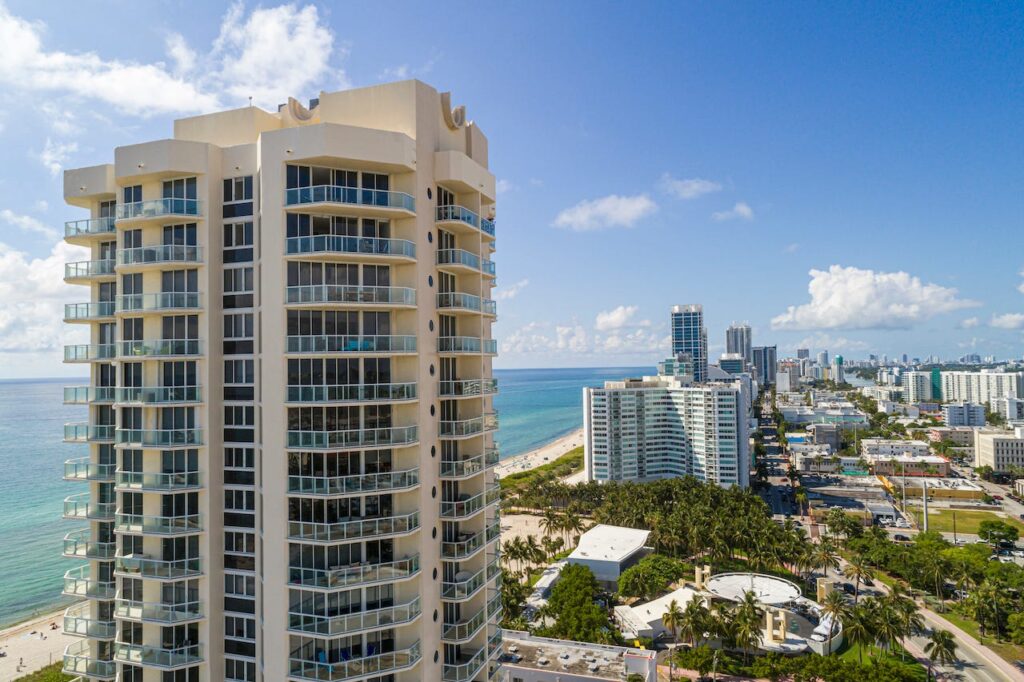- Miami’s real estate market is feeling the effects of the climate crisis and a growing population.
- Wealthier residents are moving to higher ground, putting pressure on lower-income communities.
- A general lack of affordable housing is also hurting Miami’s growing low-income and immigrant communities.
Miami has one of the hottest real estate markets in the country. A flood of transplants over the last several years has pushed home prices and rents ever higher in the South Florida metropolis, making it harder for lower-income Floridians to afford the city.
But gentrification in Miami is layered with the very real impacts of the climate crisis, which makes living in the city’s many low-lying and waterfront neighborhoods increasingly perilous despite their desirable ocean views and proximity to the beach.
Some of the city’s lower-income communities are farther inland and on higher ground than the traditionally ritzier areas. That makes them safer from rising sea levels, but more at risk of so-called “climate gentrification,” as Miami’s wealthier residents begin to snap up land and homes in less flood-prone areas.
Higher-elevation neighborhoods further inland, including Little Haiti, Overtown, and Liberty City, are seeing demand and real estate values rise. Real estate developers are promoting new housing in drier parts of the city as an escape from regular flooding, researchers have found.
“Such shifts in migration patterns accelerate the displacement of established residents and inflate property values and taxes, widening the socio-economic divide,” Moody’s wrote in a new report.
More than half of the 2.6 million people living in Miami-Dade County could be displaced if sea levels rise by 40 inches, a study published last year in Environmental Research Letters said.
The problem will likely get worse as the impacts of warming temperatures, higher sea levels, and more extreme storms worsen — and as millennials, who are more concerned about climate risks, grow as a share of homebuyers. And Miami is far from alone — coastal flooding, extreme heat, and other climate impacts are affecting cities across the country.
But in many US cities, lower-come and predominantly Black neighborhoods already exist in areas with less tree cover, higher temperatures, and a greater risk of flooding. Black residents of Southeastern states are more likely to live in places heavily impacted by excessive heat, flooding, and hurricanes, an analysis by consultants at McKinsey & Company found in late 2023.

The county that Miami sits in — Miami-Dade — is poorer than much of Florida. The county’s median household income — $60,989 in 2022 — was 13.6% lower than the state’s median of $69,303, according to Census data. And a much larger share of the county’s population than the statewide population is very low-income. While 12.7% of Floridians live in poverty, 14.4% of Miami-Dade County residents are poor.
One issue is a housing “supply imbalance,” as there’s a higher rate of construction of higher-end homes than lower-priced homes, Moody’s reported. “Rather than moving to more affordable options, residents are pushed towards higher-cost housing due to the lack of mid-range options,” it wrote.
The city has very few affordable housing units on the market, Moody’s reported. And Miami residents are spending a larger share of their income on housing these days. The rent-to-income ratio in Miami has risen from 35.9% in 2019 to 37.0% at the end of last year, according to Moody’s. Meanwhile, the mortgage-to-income ratio surged from 30.7% in 2019 to 58.5% in 2023.

